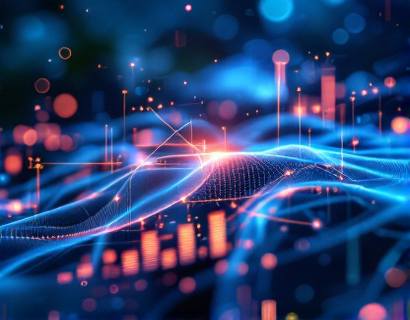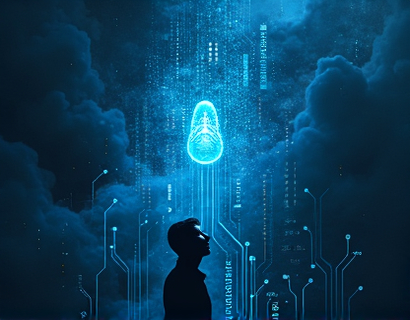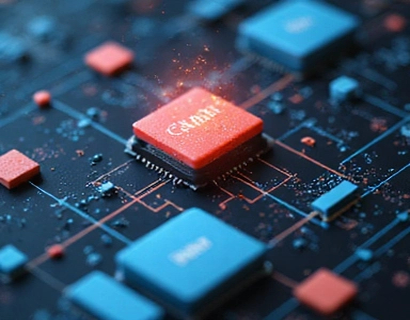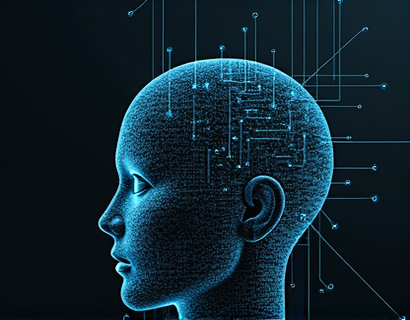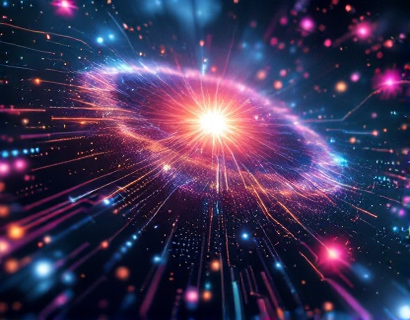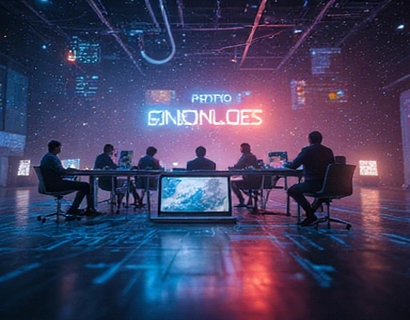AI-Powered Cosmic Learning: Interactive Exploration with Customizable Settings for Educators and Space Enthusiasts
In the realm of education and space exploration, the integration of artificial intelligence (AI) has opened new avenues for interactive and personalized learning experiences. This article delves into the concept of an AI-powered learning tool designed to make space and astronomy accessible, engaging, and customizable for both educators and space enthusiasts. By leveraging advanced AI technologies, this tool offers a unique platform for exploring the vast and intricate universe, tailored to individual interests and learning styles.
Enhancing Accessibility Through AI
The universe, with its countless celestial bodies and phenomena, presents a complex and often overwhelming subject for learners. Traditional methods of teaching astronomy can struggle to captivate and retain the interest of students, especially those with varying levels of prior knowledge. An AI-powered learning tool addresses these challenges by providing an interactive and adaptive learning environment. This environment adjusts to the user's pace, offering explanations and insights that are both accurate and comprehensible.
AI technology enables the creation of a dynamic interface where users can engage with cosmic data in real-time. This real-time interaction is crucial for maintaining engagement and fostering a deeper understanding of astronomical concepts. For educators, this means having a powerful resource at their disposal to enhance their teaching methods and provide a more enriching experience for their students.
Customizable Learning Experiences
One of the standout features of this AI-powered tool is its customizable settings. Users can tailor their learning experience based on their specific interests, knowledge level, and learning objectives. For instance, a beginner might start with basic concepts such as the solar system and gradually progress to more advanced topics like dark matter and black holes. Advanced users can dive straight into specialized areas such as exoplanet research or astrobiology.
These customizable settings ensure that the content is always relevant and challenging, preventing both under-stimulation and frustration. The AI algorithm analyzes user interactions and adjusts the difficulty and focus of the content accordingly. This adaptive learning approach is particularly beneficial in a classroom setting, where students may have diverse backgrounds and learning speeds.
Interactive Explorations
Interactive exploration is a cornerstone of this AI-powered learning tool. Users can embark on virtual journeys through the cosmos, exploring planets, stars, galaxies, and other celestial phenomena. These virtual tours are not just visual; they are enriched with detailed information, animations, and simulations that bring the universe to life.
For example, users can select a planet and receive instant data on its composition, atmosphere, and notable features. They can also simulate space missions, such as landing on Mars or orbiting Jupiter, with step-by-step guidance and real-time feedback. This hands-on approach not only makes learning more engaging but also helps in retaining complex information.
Personalized Guides for Educators
For educators, the tool offers a comprehensive set of features designed to support and enhance their teaching. The AI can generate lesson plans based on the curriculum standards and the specific topics selected by the students. These lesson plans include objectives, activities, and assessment methods, saving educators time and effort in lesson preparation.
Additionally, the tool provides educators with real-time insights into student progress and understanding. This data can be used to identify areas where students may be struggling and to adjust teaching strategies accordingly. The AI can also suggest supplementary resources and activities to reinforce learning and cater to different learning styles.
Engaging Space Enthusiasts
Space enthusiasts, whether amateur astronomers or lifelong learners, will find this AI-powered tool to be an invaluable resource. The platform offers a wealth of information on current astronomical events, such as planetary alignments, meteor showers, and eclipses. Users can set reminders and receive notifications to ensure they do not miss these exciting events.
The tool also includes a community feature where users can share observations, ask questions, and collaborate on projects. This community aspect fosters a sense of belonging and encourages continuous learning and exploration. For those interested in citizen science, the platform can connect users with ongoing research projects where they can contribute their observations and data.
Advanced AI Features
Beyond basic interactivity, the AI in this learning tool employs advanced algorithms to provide a more sophisticated learning experience. Natural Language Processing (NLP) allows users to interact with the tool using natural language queries, making the experience more intuitive and user-friendly. For example, a user can ask, "What is the current position of Mars?" and receive an immediate response with the planet's coordinates and additional relevant information.
Machine Learning (ML) algorithms analyze user behavior and preferences to recommend personalized content and learning paths. Over time, the AI becomes more attuned to the user's interests, ensuring that the content remains engaging and relevant. This personalization is particularly useful for long-term learning, as it helps users build a deeper and more comprehensive understanding of astronomy.
Visual and Multimedia Enhancements
Visual and multimedia elements play a crucial role in making the learning experience more immersive and effective. High-resolution images, 3D models, and videos are integrated into the platform to provide a multi-sensory learning experience. These visual aids help in visualizing complex concepts and phenomena that are difficult to describe with text alone.
For instance, 3D models of celestial bodies allow users to rotate and zoom in on planets and moons, examining their surfaces and features in detail. Videos and animations illustrate processes such as stellar evolution, galaxy formation, and the dynamics of planetary systems. These multimedia resources not only enhance understanding but also make the learning process more enjoyable.
Educational Applications
The applications of this AI-powered learning tool extend beyond individual learning to formal educational settings. Teachers can use the tool to create interactive lessons and assignments that cater to diverse learning needs. The platform's adaptability makes it suitable for various educational levels, from elementary school to university.
In a classroom setting, the tool can be used for group activities, where students work together to solve problems or complete projects related to space and astronomy. The AI can facilitate these activities by providing guidance, resources, and feedback. This collaborative approach promotes teamwork and communication skills, which are essential in any educational environment.
Research and Discovery
For researchers and students involved in astronomical research, the tool can serve as a valuable resource for data analysis and hypothesis testing. The AI can assist in processing large datasets, identifying patterns, and generating hypotheses. This capability accelerates the research process and opens up new possibilities for discovery.
Moreover, the tool can integrate with existing research tools and databases, providing a seamless workflow for researchers. By combining AI-driven insights with human expertise, the platform fosters a collaborative environment that pushes the boundaries of astronomical knowledge.
Future Developments
As AI technology continues to advance, the potential for this learning tool is vast. Future developments may include more sophisticated AI models that can predict user interests and learning needs with even greater accuracy. Enhanced virtual reality (VR) and augmented reality (AR) integrations could further immerse users in the cosmic environment, making the learning experience even more realistic and engaging.
Additionally, the tool could expand its scope to include interdisciplinary topics, such as the intersection of astronomy with physics, biology, and even philosophy. This broader approach would provide a more holistic understanding of the universe and its place in the grand scheme of existence.
Conclusion
The integration of AI in cosmic learning represents a significant leap forward in making space and astronomy accessible and engaging. By offering customizable, interactive, and personalized learning experiences, this tool empowers both educators and space enthusiasts to explore the universe in new and exciting ways. As technology continues to evolve, the potential for innovative educational tools like this one is limitless, promising a future where the wonders of the cosmos are within everyone's reach.









